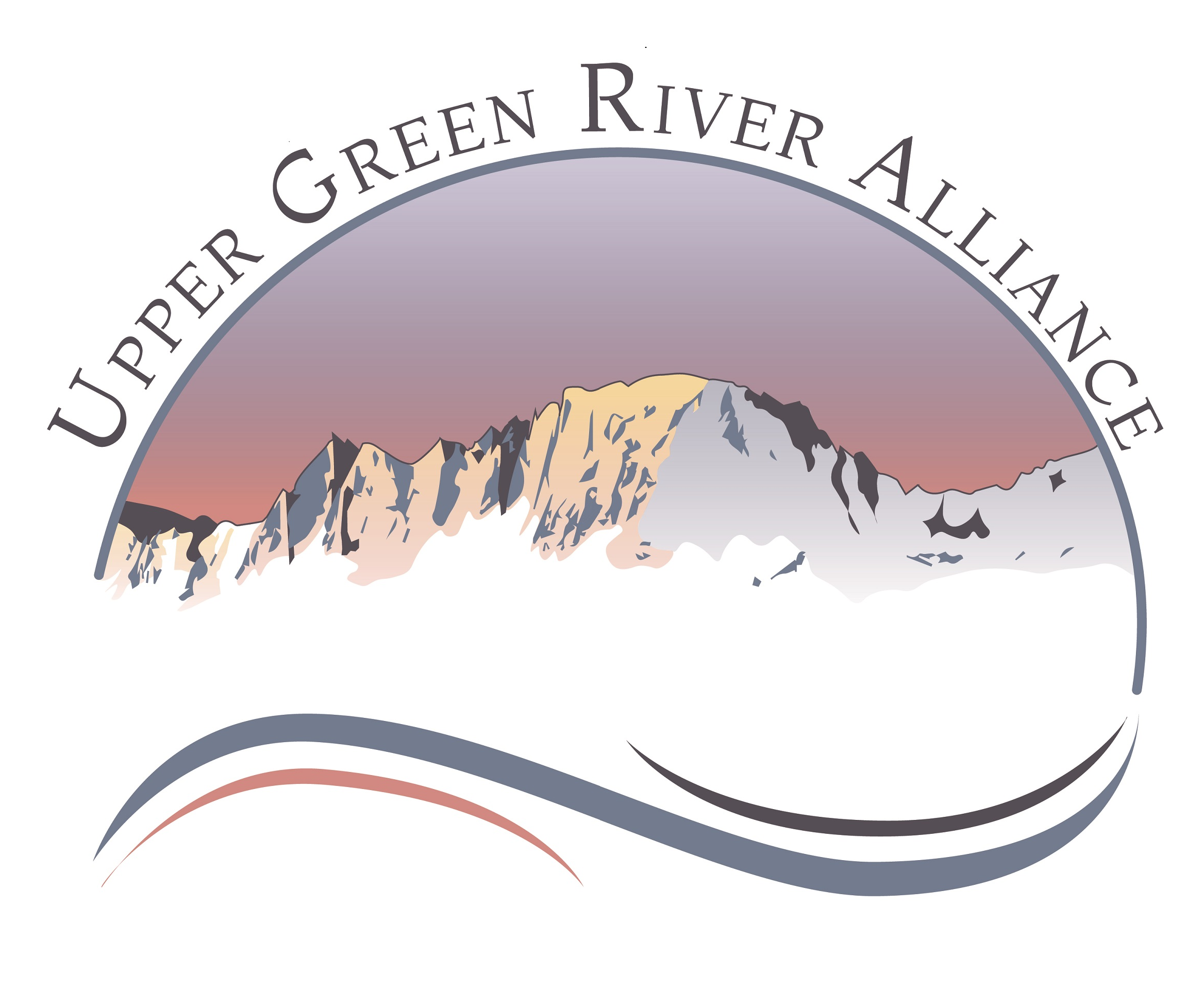The Green River is also called the Seeds-ka-dee-agie or Prairie Hen River
“The great sage grouse is the most important of the upland game birds indigenous in this sector of the continent, and is as distinctively ‘western’ as the Stetson hat and the sagebrush.” Lester Bagley, forward to The Sage Grouse in Wyoming, by Robert L. Patterson
Winter Range
These magnificent birds, the largest species of grouse in North America, traditionally gather in huge flocks on familiar winter ranges.
During winters with deep snows, sage-grouse must move to wherever sagebrush is exposed.
Access to vast expanses of sagebrush, their primary winter food, is essential for long-term survival.
Early Spring on The Lek
Dancing on open ground, spring mating rituals are fierce and breathtaking.
Across the Sagebrush Sea
Some of the world’s largest, remaining populations of Greater sage-grouse live here. There are 158 known leks in the Upper Green River area.
Nesting
During nesting season, hens settle under sagebrush surrounded by grasses to hide their precious bounty. Sage-grouse chicks rely on spring greens and insects in their early days and months.
Migration
Sage-grouse migrations connect important seasonal ranges. Grouse have a strong fidelity to winter range, nesting areas, and lek locations.
The migration pathways between these traditional ranges can be as long as 150 miles, across sagebrush and grasslands, with stopover spots along the way that provide forage and help maintain the strength to continue migration. Most stopover areas are on public lands with native vegetation like Wyoming big sagebrush.
Large, intact landscapes and natural vegetation are the critical links unifying sage-grouse seasonal needs.
Losing Our Leks
Sage-grouse leks (mating grounds) have persisted for thousands of years, and today are managed in groups called “complexes.” This map shows impacted “development” complexes within the Pinedale Anticline and Jonah gas fields, and “reference” complexes in relatively undeveloped areas of the Upper Green River Basin.
Since gas drilling began…
In Development Area Complexes, we have lost 17 leks:
-
5 leks lost in the Mesa Complex, with -48% overall decline
- 2 leks lost in Duke’s Triangle
- 7 leks lost in the Yellowpoint Complex, with -36% overall decline
In Reference Area Complexes, we have lost 6 leks:
- 6 leks lost in the Ryegrass Complex with -36% overall decline
- The East Fork and Speedway leks are declining slightly, but all leks are active.
“Mitigation” An Insufficient Response
New oil and gas leases recently approved by the BLM now cover more acres of prime sage-grouse habitat than ever before.
Despite millions of “mitigation” dollars spent, vital habitat continues to be fragmented and degraded by oil and gas leasing and development.
Our Greater sage-grouse populations decline as a result.
Habitat Matters
Across the Upper Green River Basin, over 24,000 fossil gas wells have already been drilled or permitted.
Beyond that, thousands of undeveloped leases are still active and may be drilled.
A Wall of Wells
With 24,000 existing and planned fossil gas wells, our native birds face a “wall of wells”
To Preserve and Protect the Great Grouse
- Manage habitat range-wide and across species
- Improve the Greater sage-grouse Core Area Strategy by cross-referencing, integrating, and managing for all wildlife crucial ranges, especially Winter Concentration Areas
- Prevent leasing in these “super habitats”
- Analyze monitoring data using true baseline, even if data gaps exist
- Quickly respond to monitoring data that indicate severe impacts to grouse populations
- Design a mitigation strategy that does not compromise but truly benefits sage-grouse
- Advocate for a slower pace, and greater well spacing in gas fields
- Designate the baseline noise level (14 dBA), and supplement/modify RODs to set the 10 dBA ceiling above true baseline

